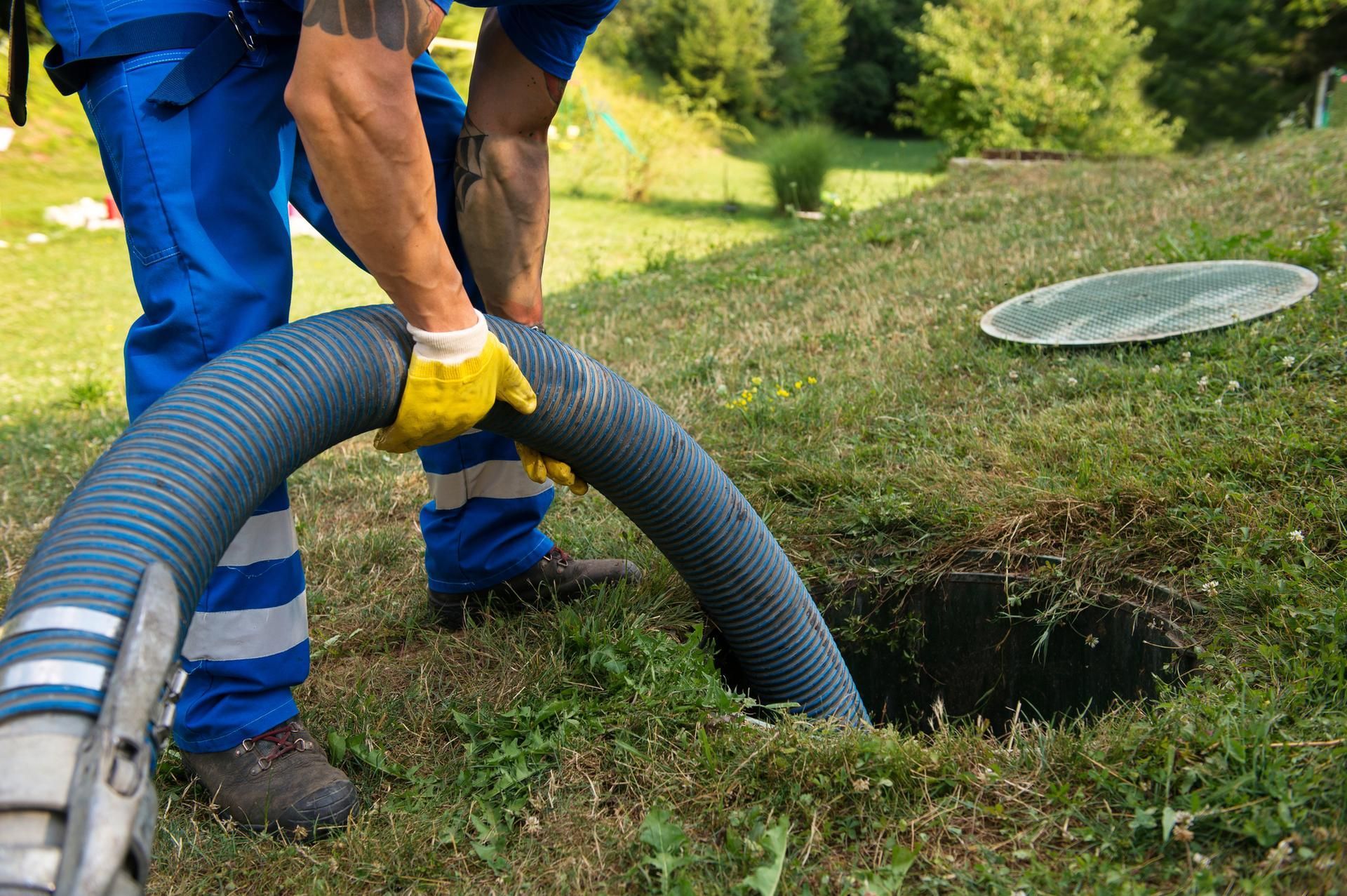Signs Your Septic Tank Needs Pumping

Maintaining a healthy septic system is crucial for the well-being of your home and the environment. One of the key aspects of septic system care is regular pumping. Failure to pump your septic tank regularly can lead to various issues that not only disrupt your daily life but also pose a threat to your property.
Here are the telltale signs that your septic tank needs pumping.
Signs of Septic Tank Backup
Here are the main signs of septic tank backup.
Trouble Flushing Your Toilet
The flushing process relies on a smooth flow of wastewater into the septic tank. If you notice that your toilet is slow to flush or requires multiple attempts to clear, it could be a sign that the solids in the septic tank have built up to a point where they are affecting the system's ability to handle wastewater effectively. Ignoring this warning sign may result in more severe problems down the line.
Gurgling Sounds in Pipes
Unusual noises emanating from your plumbing can be an alarming sign of septic system issues. If you hear gurgling sounds when you flush the toilet or drain water from sinks and showers, it may indicate that there is a blockage or excess pressure within the septic system. These sounds occur as air is displaced in the pipes due to a lack of space in the septic tank.
Lush, Green Lawn
While having a lush, green lawn is typically a homeowner's dream, an unexpectedly vibrant and green yard can be a subtle sign of septic tank problems. When a septic tank is full, it may cause excess liquid to leach into the drain field, providing an unintended fertilizing effect on your lawn. If you notice a specific area of your yard becoming unusually lush, it's time to investigate the state of your septic system.
Sewage Backup
If wastewater starts to back up into your drains, toilets, or sinks, it is a clear indication that your septic system is overloaded. This situation demands immediate attention, as sewage backup poses not only health risks but also the potential for extensive damage to your home and property.
Slow Drainage
Slow drainage in sinks, showers, or tubs can be a warning sign that your septic tank is full and unable to process wastewater efficiently. As the tank approaches its capacity, drainage throughout your home will become progressively slower.
What To Do if Your Septic Tank Overflows
If your septic tank is overflowing, it's crucial to address the issue promptly to prevent potential health hazards and environmental damage. Here are the steps you should take:
Avoid Use
Stop using water in your home immediately. Ensure you stop flushing toilets, using sinks or showers, or running any appliances that involve water.
Identify the Cause
Determine the cause of the overflow. It could be due to a clog in the pipes leading to the tank, a full tank, a malfunctioning pump, or a drain field problem.
Locate Tank Access Points
Know the location of your septic tank and its access points. This information is vital for inspection and potential maintenance.
Reduce Water Usage
Until the issue is resolved, minimize water usage in your household. This helps alleviate the strain on the system and prevents further overflow.
Stay Safe
Keep yourself and others away from the overflow area. Raw sewage poses health risks, so it's essential to exercise caution.
Environmental Considerations
If the overflow has reached the surface, take measures to prevent contamination of nearby water sources and soil. Contain the area and, if necessary, consult with local environmental authorities.
Call a Professional
Contact a licensed septic system professional to assess the situation. They can diagnose the problem accurately and provide appropriate solutions. Do not attempt to open the tank or fix it yourself if you are not trained, as it can be hazardous.
Contact Walters Environmental Services to assess and address the health of your septic system.




